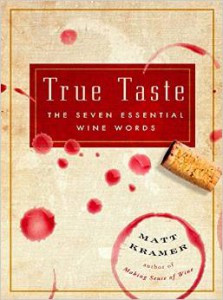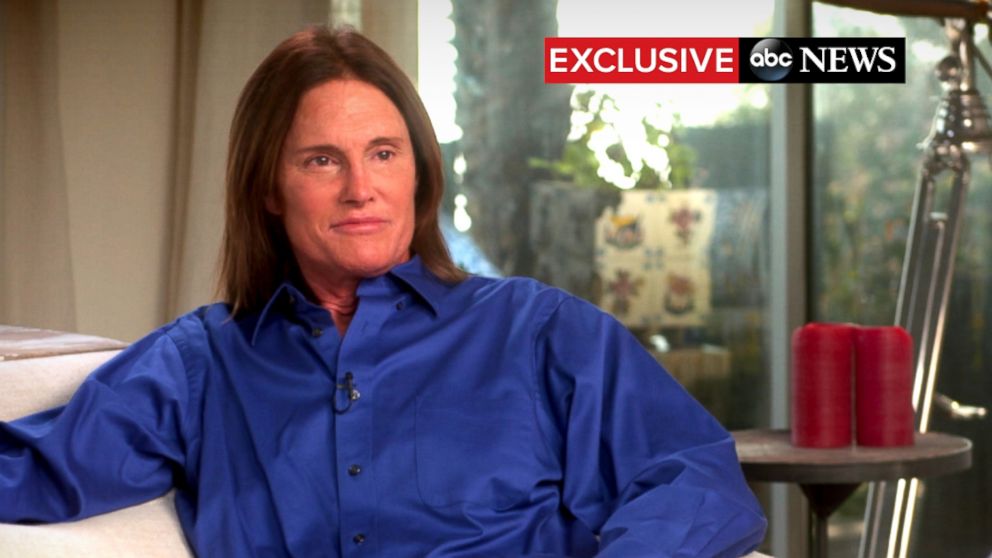 Whether you are a publicist, a marketer, a hospitality professional, a winemaker, an owner or a consultant in the wine industry, at various times you are going to be called upon to write a tasting note or description of a wine you want to sell. How should it be written?
Whether you are a publicist, a marketer, a hospitality professional, a winemaker, an owner or a consultant in the wine industry, at various times you are going to be called upon to write a tasting note or description of a wine you want to sell. How should it be written?
This is a fundamental question that has no right answer. Well, that’s not true. “I like it” simply won’t suffice. Neither will, “Damn!…Yumalicious!”
If you are like that vast majority of people, you will end up writing a tasting note or wine description that strings together a series of flavor descriptors: “A nose of ripe Cassis, summer herbs, vanilla and hints of chocolate, etc, etc, etc.”
Read any wine review and the chances are 10-1 that this is what you’ll get. In fact, since this is exactly what consumers and the trade have been trained to embrace when it comes to wine descriptions, you are probably better off not going too far outside the box.
But I want to bring to your attention a new, very small book by Matt Kramer, the renowned wine author and wine columnist for The Wine Spectator. In True Taste: The Seven Essential Wine Words Kramer makes the case that a simple string of flavor descriptors really tells the reader (or consumer) anything about your judgment of the wine and that it is your judgment of a wine that is most likely to contain the kind of insight that is truly useful.
Kramer believes that we (consumers, members of the trade, and writers) ought to think of wine not so much in the context of specific smells and tastes, but rather in the context of “Harmony,” “Textures,” “Layers,” “Nuance,” “Finesse” and “Surprise.”
Put another way, what if the description of the wine on that product sheet explored the degree of “harmony” the wine possesses and why? What if the description dwelt on the way the wine is revealed through “layers” of aromas, tastes and textures? Perhaps the way the wine delivers up unexpected or revealing messages about the terroir its fruit was grown in is the content of the wine description.
Kramer, in this really wonderful small book, is an advocate of moving way from the scientism that has had a grip on wine writing and wine descriptions since the academics introduced the notion of product quality descriptions that were easily communicated and put on display. Instead, he calls on us all to embrace a more subjective approach to wine writing and writing about wine.
What’s notable about this suggestion is that its much easier for a publicist or marketer or winemaker or another member of the trade to follow than it is a professional wine writer or wine reviewer since we have more leeway in how we talk about wine.
Kramer’s “True Taste” is a book that every member of the wine trade would benefit highly from reading two or three times (it can be opened, read and finished within an hour or two). You are likely to come away with a new understanding of how your wine can be presented to your customers. You may come away with a new appreciation of what a wine can represent. And in the end, what a wine represents is the key to a buyer’s purchasing decisions.

 To that end, the Board of Supervisors and Planning Commission appointed a task force to consider these issues. Called the
To that end, the Board of Supervisors and Planning Commission appointed a task force to consider these issues. Called the 